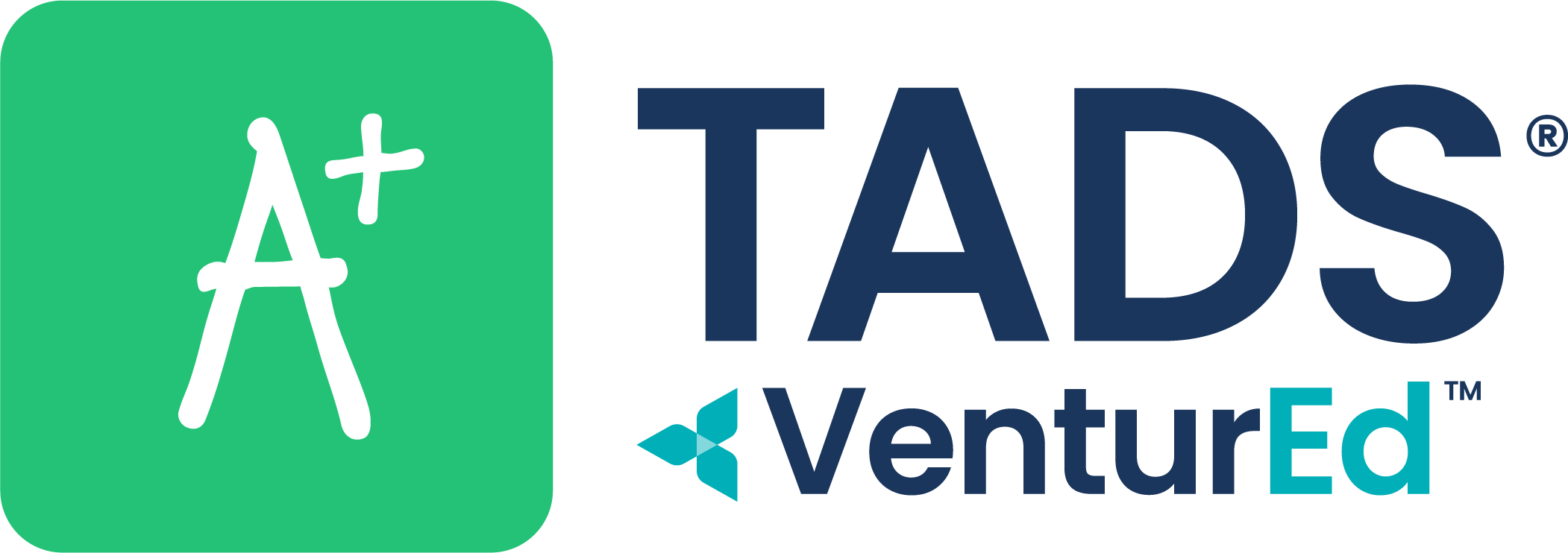
The National Catholic Educational Association (NCEA) released its latest report on Catholic school enrollment, “United States Catholic Elementary and Secondary Schools 2023-2024: The Annual Statistical Report on Schools, Enrollment and Staffing.” NCEA is in its 120th year, serving as association that collects census data for Catholic schools. A total of 175 schools voluntarily provided their data to this valuable report and four major themes emerged from the study’s data.
The four major themes are: Stability Amongst Chaos, Commitment to Inclusion, Adaptability and Resilience, and the Changing Composition of Faculty and Staff. What follows are the highlights presented regarding those four themes.
Stability Amongst Chaos:
Catholic schools are stable for the 3rd year in a row, with their enrollment. National enrollment for the PK-12 grade span is 1,693,327 with preschool making up 10.1 percent of total enrollment. The southeast region of the U.S. has seen the biggest growth, and an area of decline has been the Mideast. Population growth in the southeast reflects those changes. Enrollment remained steady with a 0.0 percent change from 2022-2023 to 2023-2024.
Total number of Catholic schools is 5,905. California has the highest enrollment number of 186,199 students with New York at 124,638 and Ohio 119,285. Other states with higher enrollment include Illinois and Pennsylvania.
The number of schools closing and opening remains the same. Urban and inner-city schools – increase in suburban schools to 40.3 percent. Thirty-eight percent of all Catholic schools have a waiting list.
Commitment to Inclusion
Catholic PK-12 private schools’ population includes 7.8 percent of students with a diagnosed disability, which is an increase of 15,000 more students over the previous year alone. Catholic schools are making strong efforts to diagnose students with disabilities, as revealed by a growth from 3.5 to 7.8 percent at present. This increase also reflects a growing recognition and accommodation efforts within Catholic schools.
And on the same growth of inclusion efforts, for all diocese in all parts of the country, Lincoln Snyder, President of the NCEA, noted during the NCEA webinar presentation on the study’s results, that data shows continued growth in the Hispanic youth population in schools. At present, 129 Catholic schools offer dual-language immersion programs, which are usually in the elementary schools. The goal for these programs is graduation bi-literate and bi-lingual for students in 8th grade.
Another inclusion statistic from this year’s research shows year-over-year growth of 21.4 percent of student population reported to be non-Catholic. Additionally, 16 percent of faculty are reported to be non-Catholic, and 12 percent have not reported a religious affiliation. This commitment to inclusion of non-Catholic enrollment trend is growing.
Adaptability and Resilience
There is notable growth in the number and percentage of elementary diocese schools, from 2.3 percent in 1990 to 18.0 percent in 2023, signaling a trend toward consolidation and centralized management within dioceses.
Additionally, the report highlighted expanded parental choice programs which are currently in twenty states in 2023. The latest data reveals 13.7 percent of current Catholic school students utilize parental choice programs. In some states, 50 percent or more of the students in specific schools are using a choice program as a tool for attending the schools.
In presenting the enrollment study’s results, Snyder also noted NCEA is expecting to see continued growth in all states for school choice initiatives. School choice initiatives will continue to add an additional resource for helping families afford a Catholic school education.
Changing Composition of Faculty and Staff
Retention rates are a big point of conversation in all states, both private and secular. The data shows in Catholic school’s retention rates are at 88.1 percent for teachers. To support teacher retention, Catholic schools are implementing various strategies. Some schools focus on attracting career-changers with mentorship programs, while others prioritize professional development opportunities for existing staff.
Additionally, competitive salary increases and programs that support teachers financially, like tuition reimbursement, are becoming more common. By addressing both financial and professional needs, Catholic schools are creating a work environment that fosters long-term commitment from their educators.
Overall, the future continues to look bright for Catholic schools and their continuing commitment to families and students experiencing the strong benefits of a K-12 private Catholic school education.
Schools can download the data brief from the enrollment study here and see the related NCEA webinar presentation on the data results here.
Request a demo to find out how TADS can support your school’s growth initiatives.
